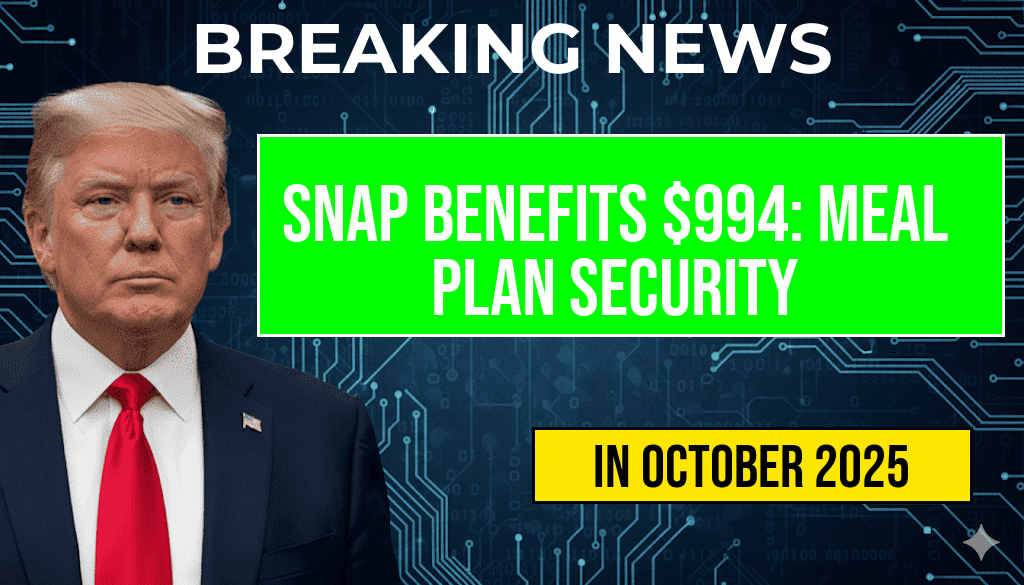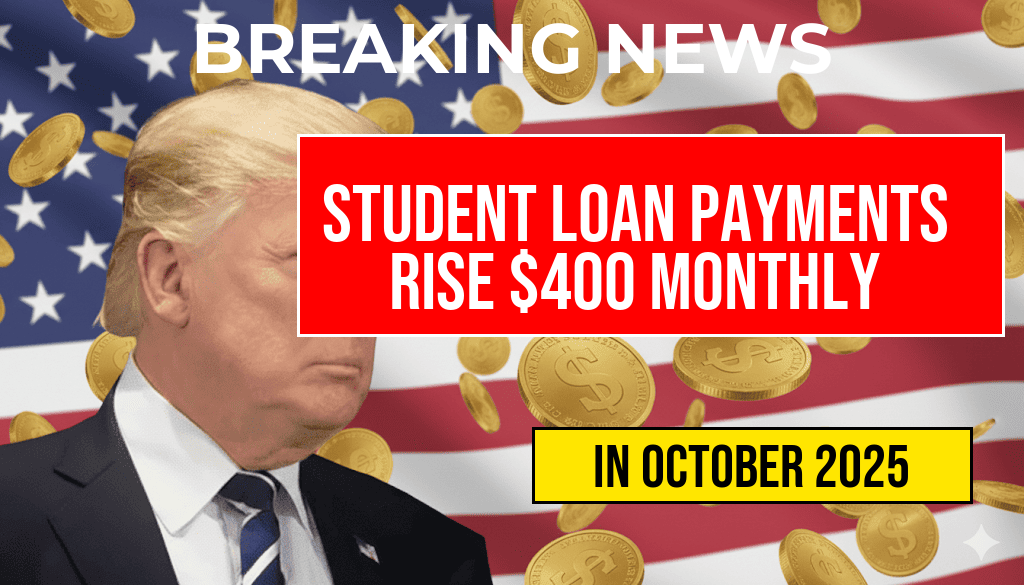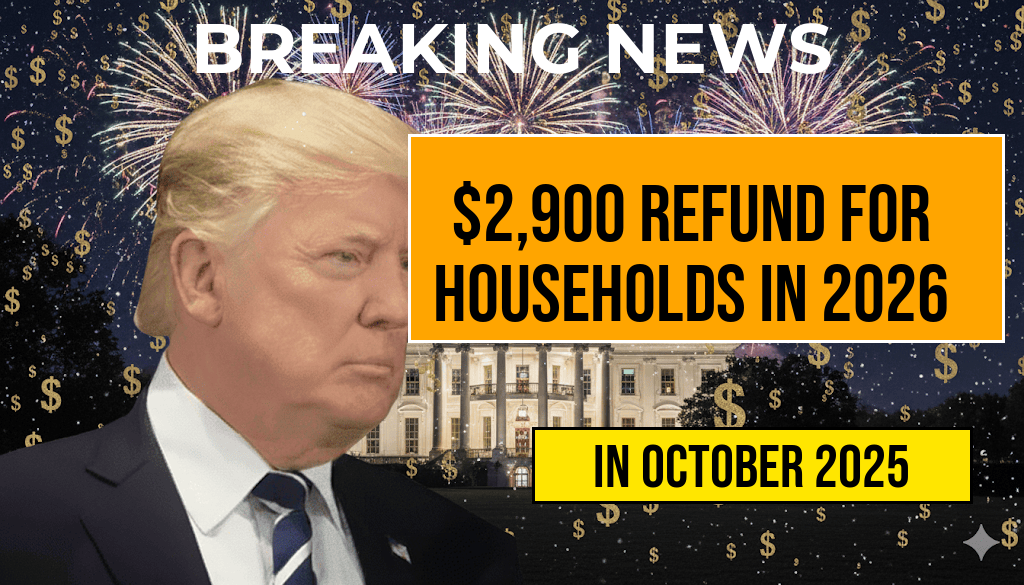Millions of former students preparing for the resumption of federal student loan payments are facing a significant financial shift as monthly obligations are set to increase by approximately $400. This surge stems from the scheduled restart of student loan repayments after a temporary relief period that began during the COVID-19 pandemic. The impending change is poised to reshape personal budgets across the country, hitting certain borrower groups harder than others. For many, this adjustment could mean the difference between manageable expenses and financial strain. As policymakers and borrowers brace for the impact, understanding who will feel the effects first and how it might influence broader economic patterns becomes crucial.
Understanding the Upcoming Surge in Student Loan Payments
The Context Behind the Increase
During the pandemic, federal student loan payments were paused, providing temporary relief to borrowers amid economic uncertainty. This pause was extended multiple times, offering temporary respite from monthly obligations. However, with the Biden administration’s announcement to resume payments starting in October 2023, borrowers are now preparing for a substantial increase in their monthly expenses. The average increase, estimated at $400, is based on the typical repayment amounts for federal student loans, which vary depending on the loan balance, interest rates, and repayment plans.
Who Will Feel the Impact First?
| Group | Estimated Monthly Increase | Number of Borrowers Affected |
|---|---|---|
| Recent Graduates (Less than 3 years out of school) | $350–$450 | Approximately 5 million |
| Borrowers on Income-Driven Repayment Plans | Varies; often less than $200, but will increase | Over 8 million |
| Private Loan Borrowers | Dependent on loan terms; often higher | Estimated 2 million |
Why Are These Groups Most Vulnerable?
Recent graduates often have less financial flexibility, with many entering the job market during economic turbulence. For them, an additional $400 per month could strain budgets already stretched thin. Borrowers enrolled in income-driven repayment plans, which are designed to make payments more manageable based on income, will see their monthly obligations increase, potentially pushing payments beyond current affordability levels. Private loan holders, whose interest rates and repayment terms are typically less flexible, face even steeper monthly hikes, especially for those with larger balances.
Economic and Personal Implications of the Payment Increase
Impact on Borrowers’ Finances
Financial experts warn that this sudden increase could lead to increased default rates and delinquencies if borrowers are unprepared. Many individuals have accumulated savings during the pandemic relief period, but for those without substantial cushions, the higher payments may force tough choices—cutting discretionary spending, delaying major purchases, or seeking additional income sources. Some may turn to debt consolidation or refinancing options, though these come with their own risks and costs.
Broader Economic Effects
The surge in student loan payments could ripple through the economy, affecting retail spending, housing markets, and credit markets. A recent report by the Federal Reserve suggests that increased debt obligations among young adults could suppress consumer spending, which is a critical driver of economic growth. Additionally, a rise in missed payments may lead to higher default rates, impacting lenders and potentially prompting tighter credit conditions.
Policy and Relief Options
While the Biden administration has emphasized that income-driven repayment plans can help mitigate the burden, critics argue that more comprehensive relief measures are necessary to prevent economic hardship. Some policymakers are advocating for targeted forgiveness programs or extended repayment options to ease the transition.
Resources for Borrowers Facing Higher Payments
- Federal Student Aid’s repayment plan options
- Forbes: What Borrowers Should Know About Student Loan Repayments
- Wikipedia: Student Loan Debt in the U.S.
Key Takeaways for Borrowers
- Review repayment plan options to find the most manageable approach.
- Prepare a detailed budget that incorporates the expected increase in student loan payments.
- Explore refinancing or consolidation if it offers better terms, but be aware of potential drawbacks.
- Contact loan servicers promptly if facing difficulty making payments to discuss alternative arrangements.
As the countdown to the resumption of payments concludes, borrowers and financial institutions alike are bracing for shifts that could influence personal finances and the broader economy. Staying informed about available options and proactively managing repayment strategies will be essential for millions navigating this financial transition.
Frequently Asked Questions
What is causing the recent surge in student loan payments by $400?
The increase is primarily due to the expiration of certain deferment options and changes in interest rates, which are now impacting millions of borrowers and leading to higher monthly repayments.
Who will be affected first by the payment increases?
The borrowers with federal student loans that were previously in deferment or forbearance will experience the first and most immediate increase in their monthly payments.
How will the payment surge impact borrowers’ finances?
The additional $400 per month could strain budgets, potentially leading to difficulties in covering expenses or increasing debt if borrowers are unable to adjust their financial plans.
Are there any options to mitigate the impact of the payment increase?
Yes, borrowers may qualify for income-driven repayment plans, loan forgiveness programs, or consider refinancing to reduce their monthly payments and better manage their debt.
When will the payment surges begin to affect borrowers?
The payment increases are expected to start occurring as loan repayment resumes for many borrowers who were previously in deferment or forbearance, typically within the upcoming months following policy changes.










